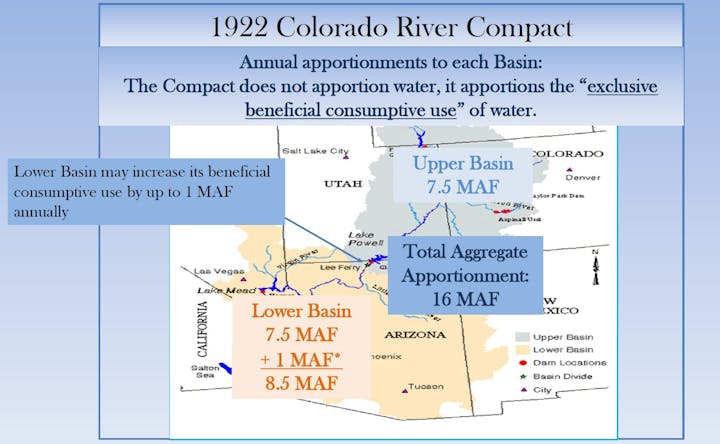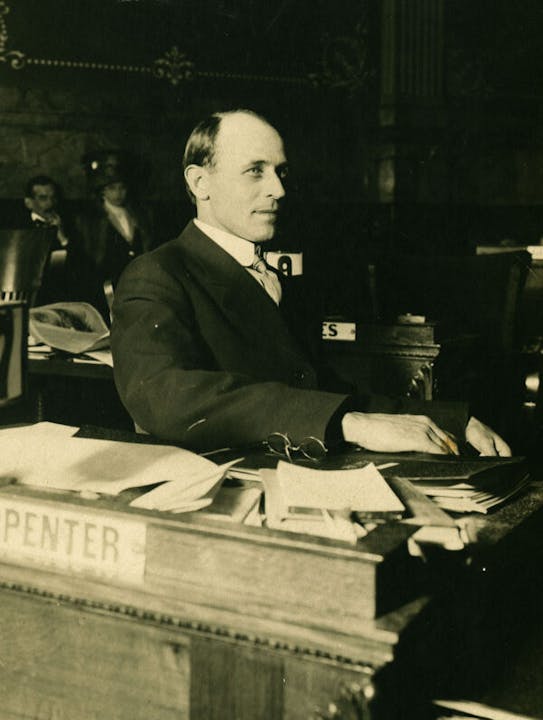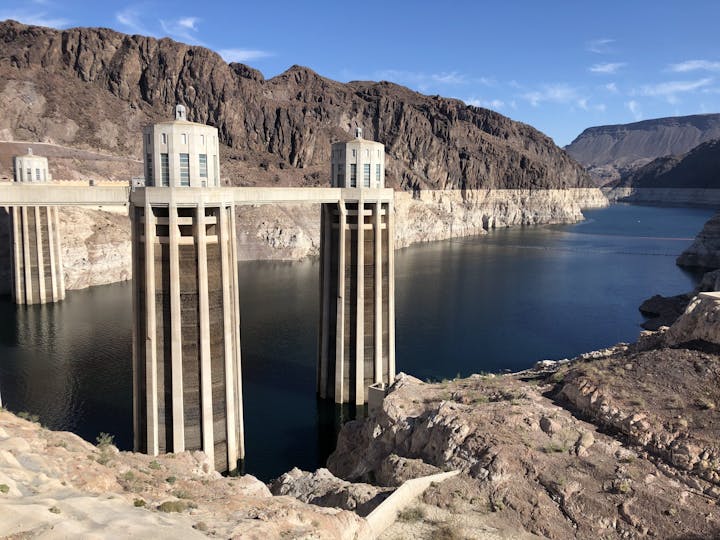Compact Challenges "Harris Water Time" | Volume 1, Issue 1 of Water Time Reflections
By Steve Harris, Water Engineer, Certified Water Buffalo, and Southwest Coloradoan
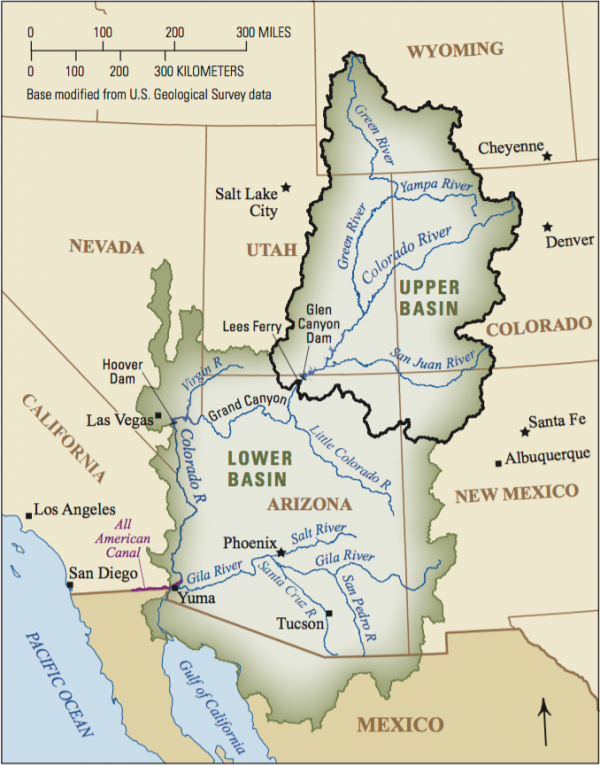
Any good water management effort, process or project takes what I like to call “water time”—if you expect a water negotiation to take one year, add a zero because it will more likely consume 10! This I now officially and publicly trademark as “Harris Water Time,” patent pending.
Yet somehow the sturdy Colorado River Compact seems to turn my “water time” on its head—a complex, controversial interstate compact was negotiated in a year and has withstood 100!
To explore this confounding story, my young friend suggested I write a series of articles on the Compact’s 100-year anniversary since: “You were alive when it was negotiated, weren’t you?” Close but not quite. I have been in the water business in southwest Colorado since 1973—half of the Compact’s life—during which I have watched this four-page agreement gradually increase in importance, especially during the last 20 years of drought.
And as this quote from the first meeting of the Colorado River Compact Commission (“Commission”) reflects, the need for negotiations to resolve water issues was just as important then as it is now:
“It is hoped that such an agreement may be arrived at by this Commission as will prevent endless litigation which will inevitably arise in the conflict of state rights, with delays and costs that will be imposed upon our citizens through such conflicts.”
So what was the need for a Colorado River Compact in 1922?
If the “first in time, first in right doctrine” were used, California would have dibs on most of the river’s flow. California was developing faster than Colorado, and would be able to put Colorado River water to use and therefore claim priority. Colorado realized this and initiated negotiations to ensure a water future for the late blooming Upper Basin. Why did California (and Arizona to a lesser extent) engaged the Upper Basin states when they had the upper hand? They needed Upper Basin support to secure a reservoir at Boulder Canyon (what we now know as Hoover Dam) to control flooding and provide storage for irrigation, primarily in southern California.
Who were the major players?
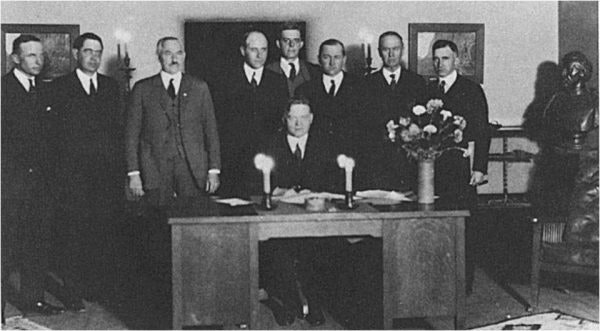
The Commission was established in 1922, with representatives from the seven basin states and the federal government, to agree on distribution of the Colorado River flows. Herbert Hoover, an engineer and soon-to-be president, was the Commission Chair. Colorado’s representative to the Commission was Delph Carpenter, a water attorney and the principal advocate for a compact (more about Colorado’s compact father and visionary negotiator in future newsletters).
If the Compact was negotiated in 1922, what is this 1928 date I hear about?
The Commission met in January 1922 in D.C. In March, they toured Boulder Canyon in Phoenix. In April, they met at Denver’s famous Brown Palace. Finally, consensus was reached at Bishop’s Lodge near Santa Fe in November. (By the way: Bishops Lodge is now a high-end resort and spa north of the Santa Fe square and, as I have verified, is still a good place to negotiate water issues.) All seven basin states later ratified the Compact (although Arizona didn’t ratify until 1944), which was approved by Congress in 1928. So the question has arisen: should water in use before 1922 or 1928 be considered pre-compact, and therefore unfettered by compact obligations? I’ll let the lawyers sort that out.
How does this affect Harris Water Time?
Well, it did take six years to get the Colorado River Compact ratified by the state, approved by Congress, and another 100 years to develop the related agreements, treaties, and operations that make up today’s complex “Law of the River” that supports it, so I’m doubling down on Harris Water Time.
Stay tuned: future installments will address the Upper and Lower Basin split at Lee Ferry, the flow data the Colorado River Compact Commission used, the impact of the Compact in southwest Colorado, and the La Plata River Compact also finalized at Bishops Lodge.
Harris Water Engineering has been in business for nearly 40 years and is one of 28 local partners that support the Water Information Program which provides balanced water educational programs and content to southwest Colorado. Thank you!


